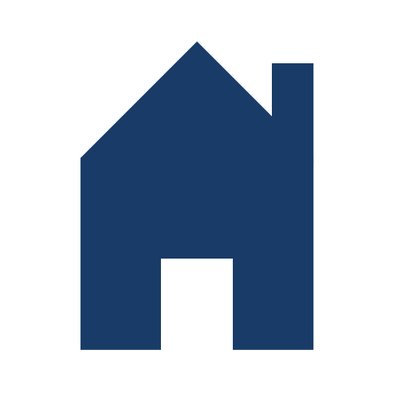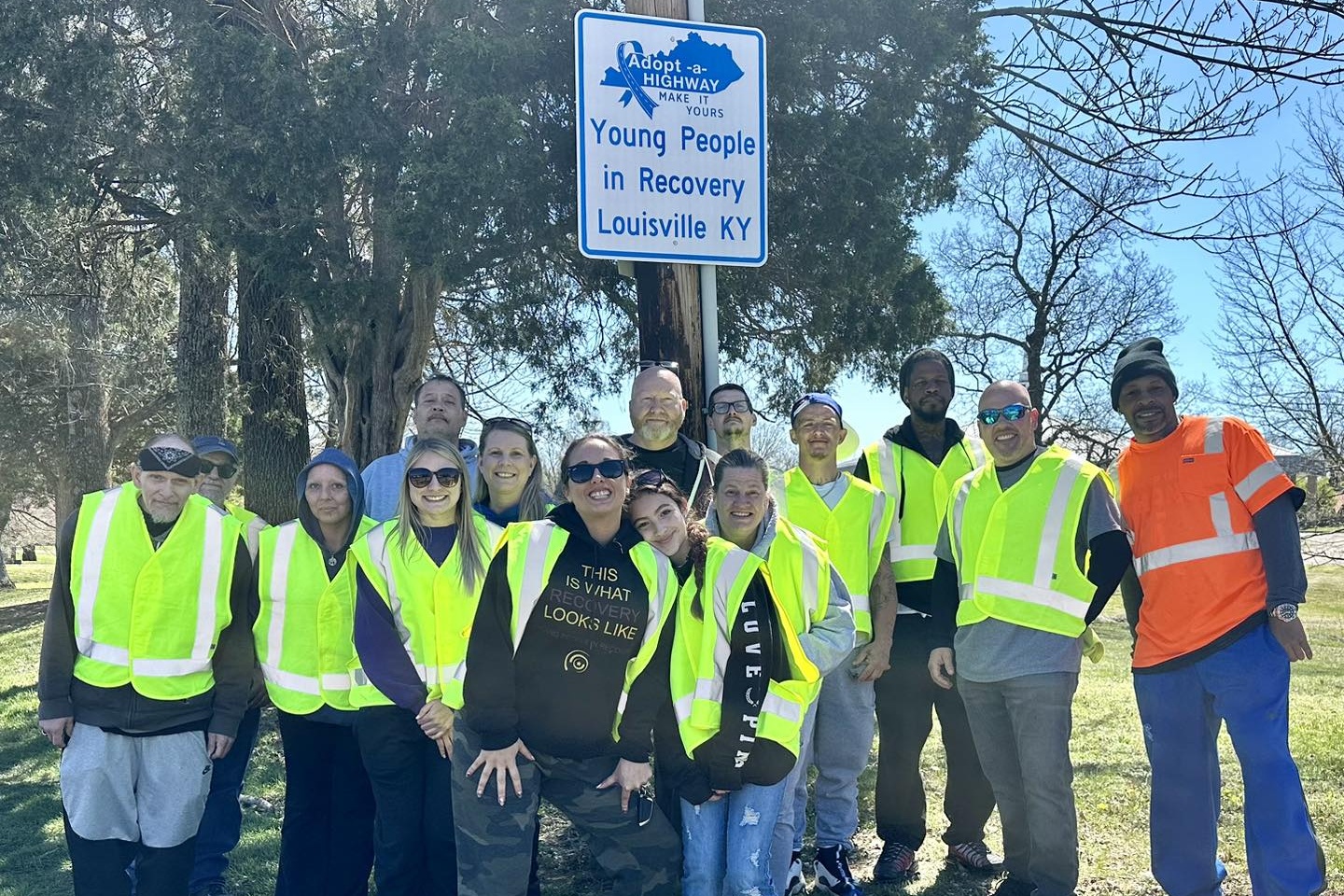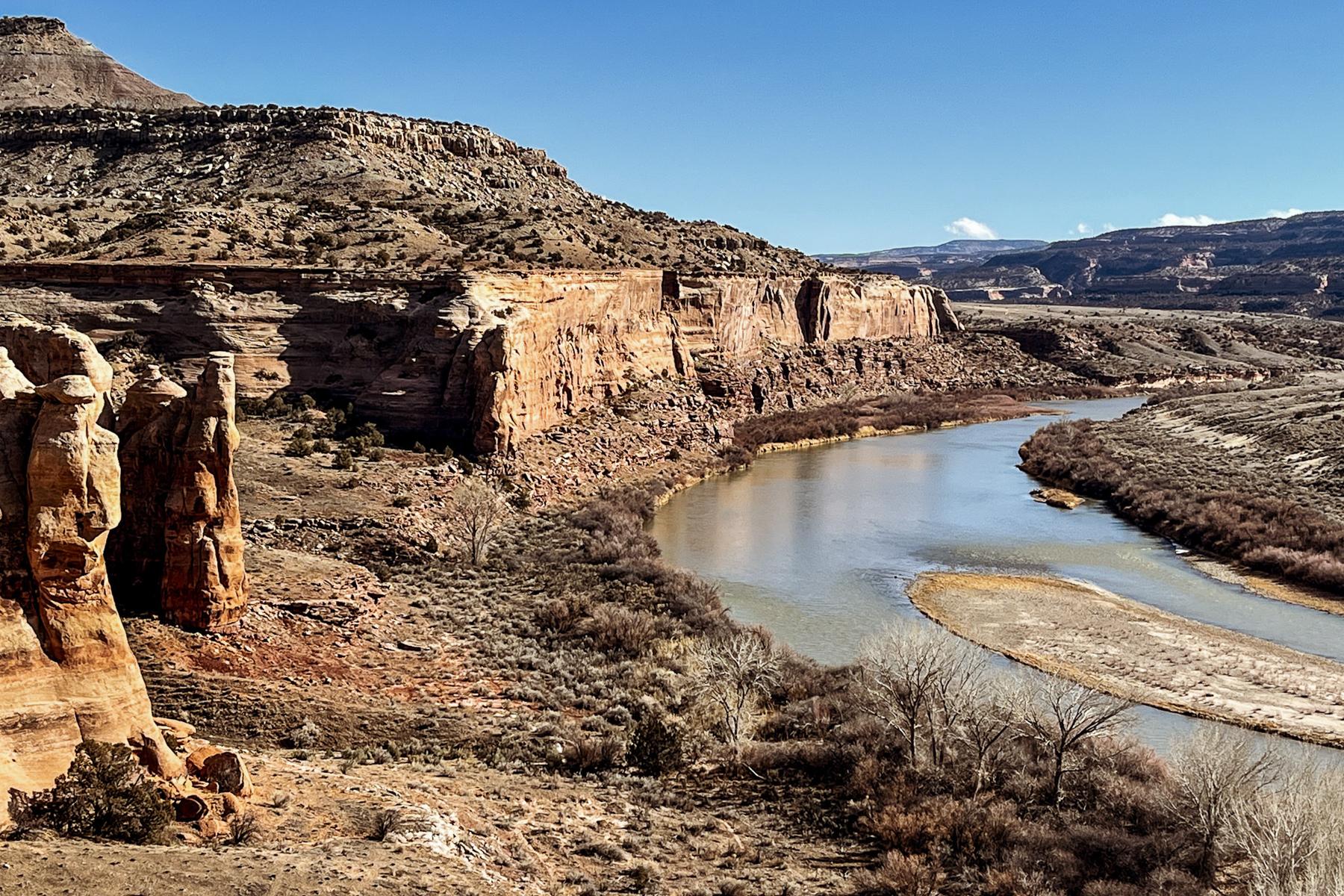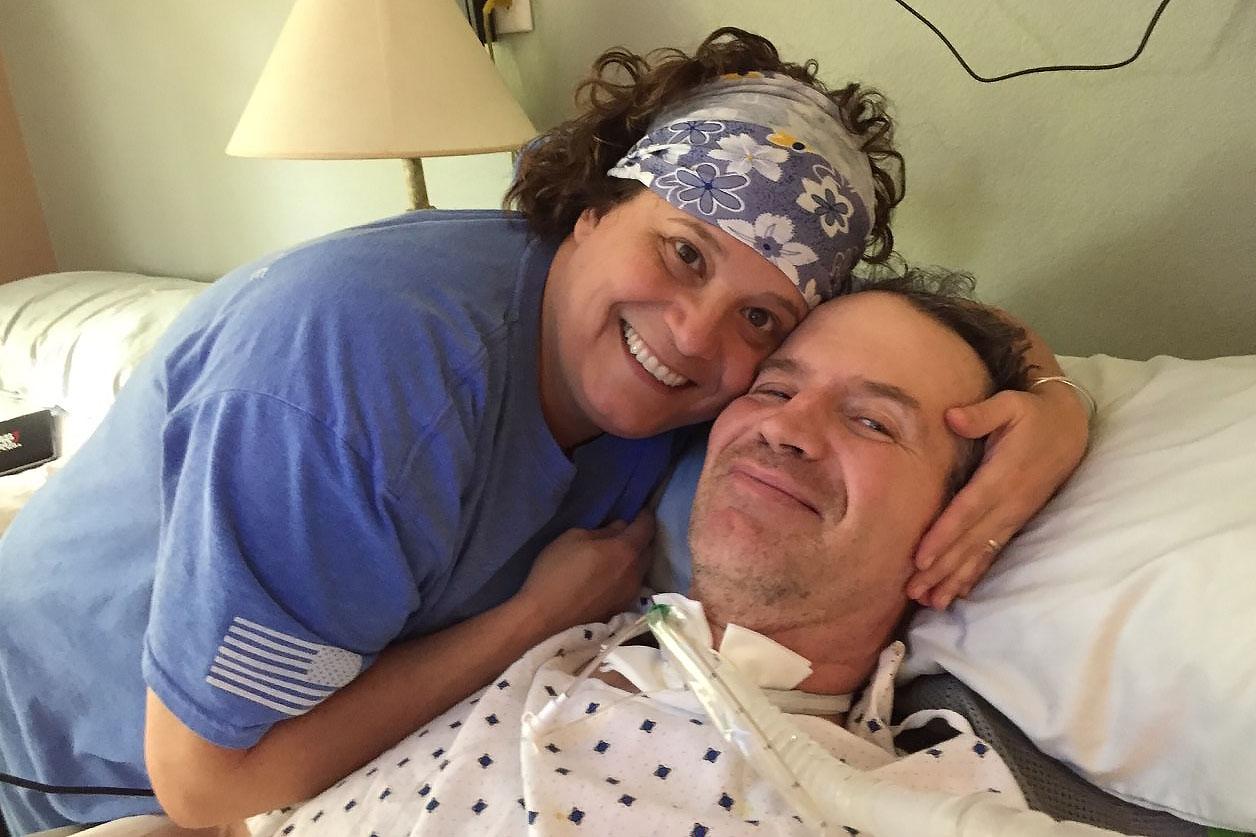
Even before the COVID-19 pandemic, Lara Garey's daily responsibilities as her husband's primary caregiver left little time for her to focus on anything else.
Garey's husband Tom is an Air Force veteran who was diagnosed in 2016 with service-related ALS. Though Lara relied on support from family and friends near their Austin, Texas home, some days felt overwhelming.
"Caregiving for me, because of Tom's high level disability, is, 'Am I going to get a shower today? Am I going to get to sit down and actually drink a hot cup of coffee?'" she said.
This spring, the situation became even more difficult.
"Once COVID hit, we had to stop everybody coming into the house, so it was just crazy stressful," Lara said.
Now after eight months of nearly going it alone, a new initiative is providing Garey some much needed help. The respite relief program is sponsored by the Department of Veterans Affairs and the Elizabeth Dole Foundation, a non-profit organization that offers support and resources to the nation's 5.5 million military caregivers.
Twice now, respite workers have come to Garey's house to help organize medical supplies, prepare meals, and clean the kitchen. That's a huge job, because Tom has a feeding tube, and his food has to be chopped, blended, and liquified.
"Those are all things that in addition to my normal caregiving duties I have to take care of," said Garey, who's been married to Tom for 30 years. "You just tend to forget that it takes a tremendous amount of energy. But you're used to as a caregiver putting yourself last."
Professional caregiving company CareLinx and the Wounded Warrior Project donated a million dollars each to launch the nationwide Respite Relief for Military and Veteran Caregivers program.
Dole Foundation CEO Steven Schwab said the organization, founded in 2012 by former Senator Elizabeth Dole, saw the need for the program as the pandemic forced military caregivers into long term isolation.
"Anxiety and depression are skyrocketing among caregivers right now," said Schwab. "All of that equates to a crisis happening in millions of homes across America."
In a recent Dole Foundation survey, respite relief was the top need identified by veteran caregivers. Still, Schwab said many have concerns about safety because they're looking after people with immune deficiencies and serious illnesses.
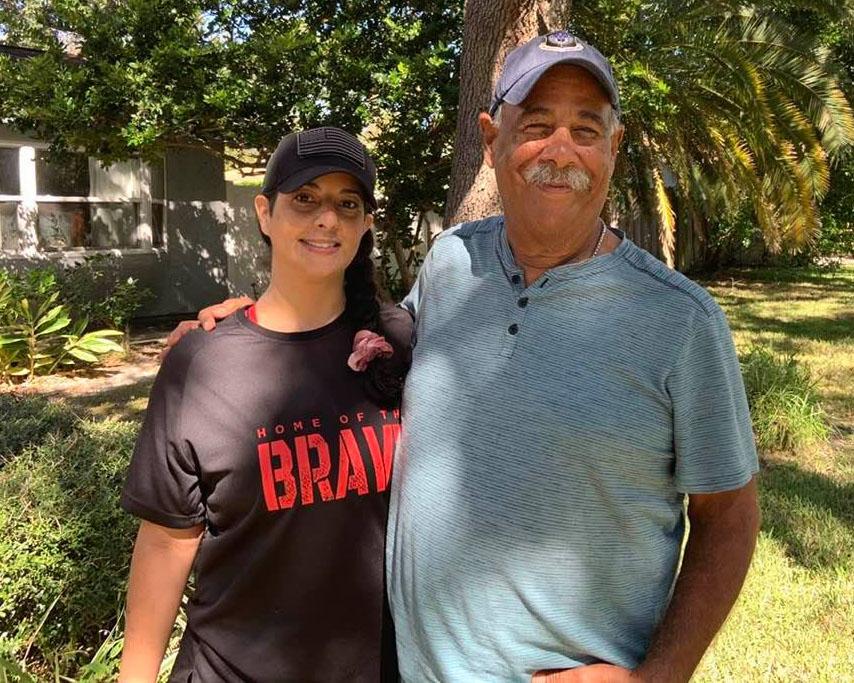
"So, on a typical day, that veteran, that caregiver, that family is vulnerable," said Schwab. "Now that we're inside a pandemic, it can be life threatening."
Schwab said before going into the home, professional health care workers complete symptom checks, and recipients are also screened for COVID-19.
That's important for the health of people like Air Force veteran Laura Narvaez, who suffered a traumatic brain injury in 2016 after an IED attack.
The blast led to post traumatic stress disorder and damaged the nerves that control her everyday functions like blood pressure and heart rate.
At her home near Clearwater, Florida, a notice with a red stop sign is taped to the door. It alerts any would-be visitors that she has a weakened immune system.
"My doctor called the house and was like, 'Are you staying at home?'" Narvaez said. "Because literally everything they started saying for people that were succumbing to it, I was checking all the boxes basically."
Joseph Narvaez is his daughter's caregiver. He's also a fellow with the Elizabeth Dole Foundation and an advocate for other veteran caregivers. He said he hears a lot about how overburdened they feel because of COVID-19.
"Respite care is paramount, he said. "So it's my job now to educate them on where to get help and how to get help."
Schwab expects the program to cover 75,000 hours of care for more than 3,000 caregivers. The next step, he said, is to develop a long-term plan for respite relief.
"We want to change the model of the Department of Veterans Affairs in the ways that they're going to offer respite care post-pandemic on a sustained basis," he said. "We're going to have to think about the long road ahead, so those investments are going to be super important."
This story was produced by the American Homefront Project, a public media collaboration that reports on American military life and veterans. Funding comes from the Corporation for Public Broadcasting.
Copyright 2020 North Carolina Public Radio – WUNC. To see more, visit North Carolina Public Radio – WUNC.9(MDEyMDcxNjYwMDEzNzc2MTQzNDNiY2I3ZA004))
